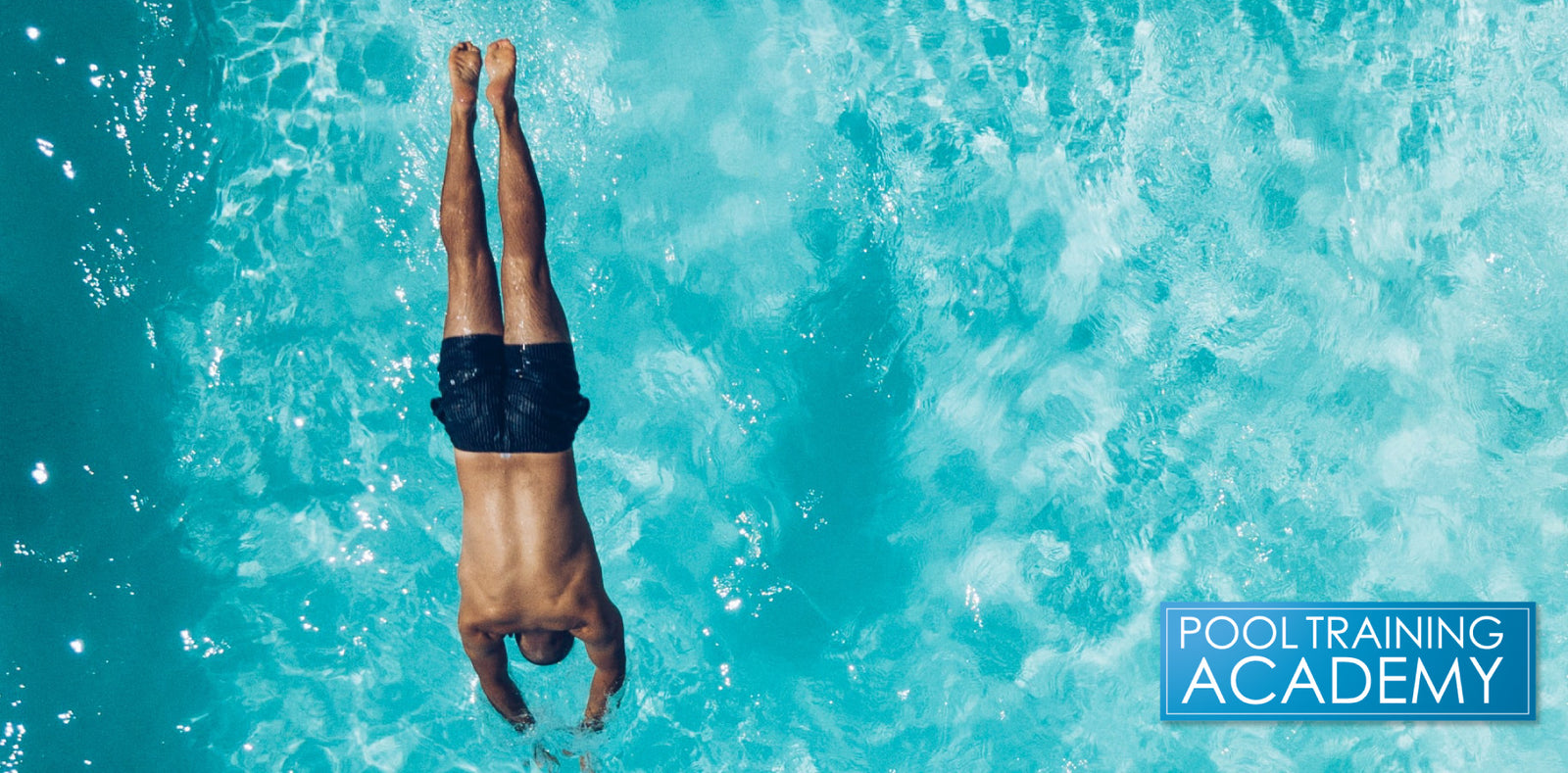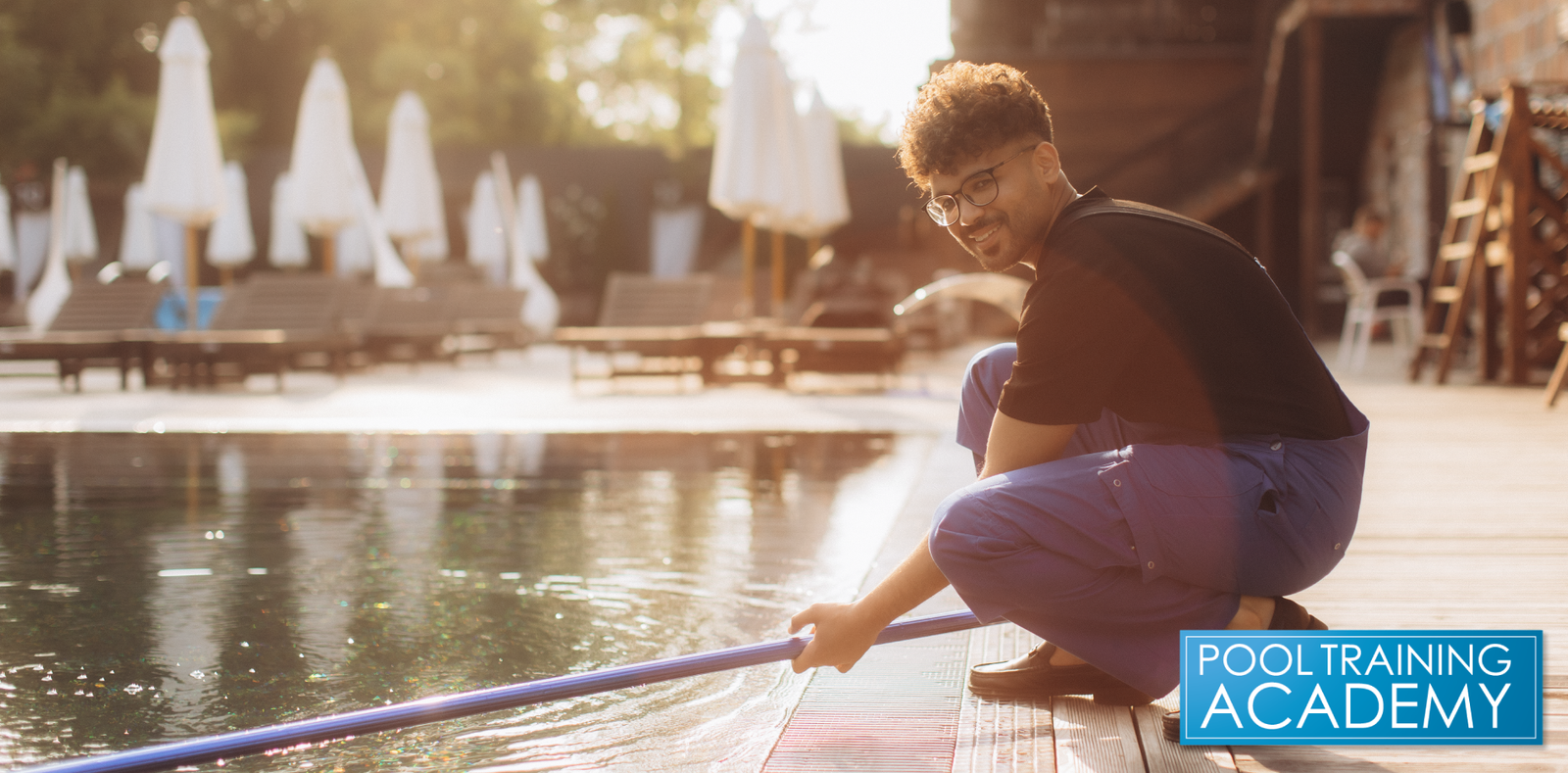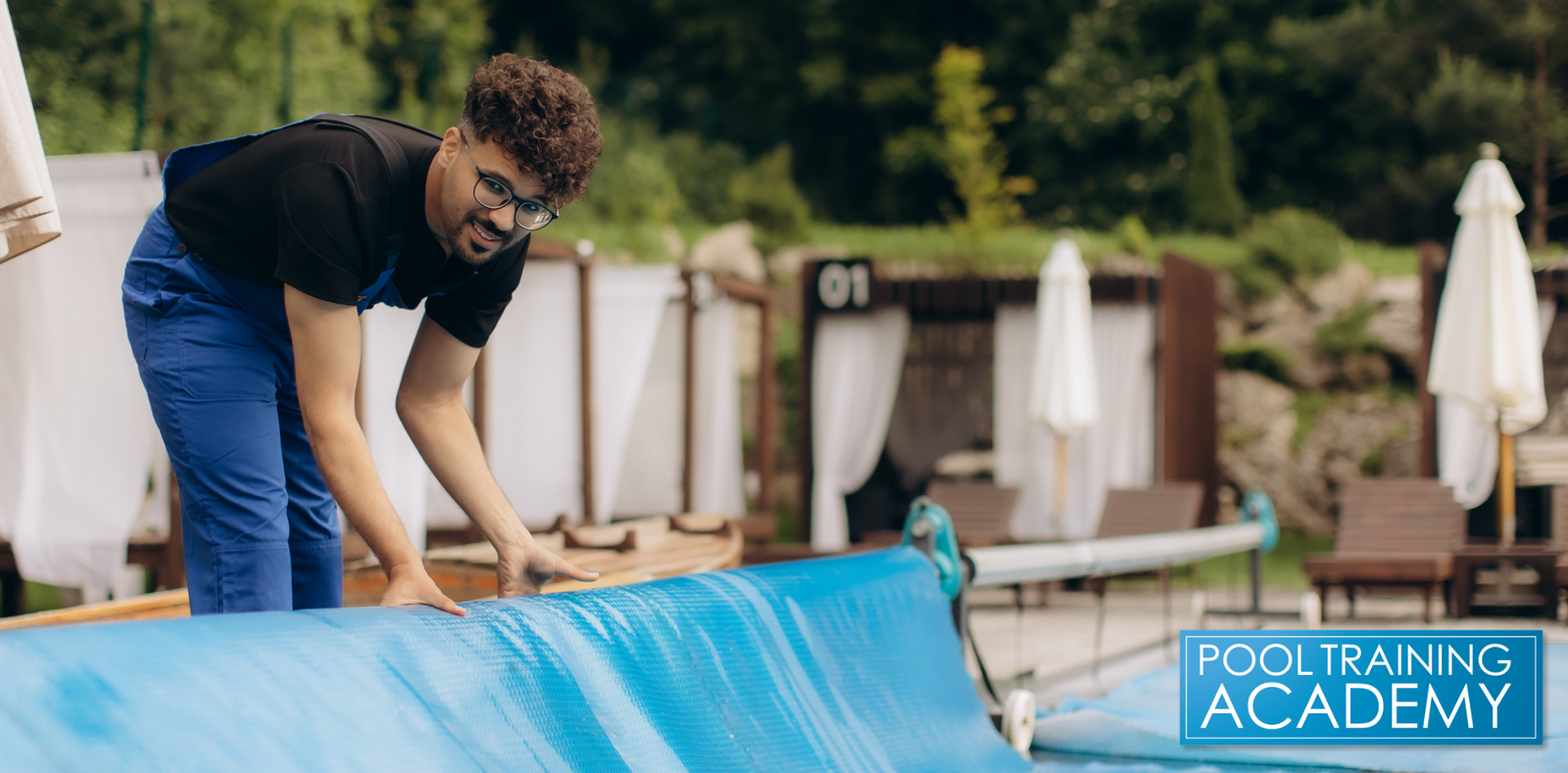
To Drain Or Not To Drain
Let's face it, your pool has a ton of water in it and the last thing you want to deal with is a super high water bill for refilling the entire thing. But believe it or not, draining your pool or hot tub is one of the most crucial pieces to the puzzle when it comes to keeping your pool, hot tub, swimmers, are circulation components as safe as possible. In this article we are going to address the Following:
- Problems Related To Old Pool and Hot Tub Water
- When To Drain Your Pool
- When To Drain Your Hot Tub
Problems Related To Old Pool or Hot Tub Water
Old water can cause a myriad of issues to both swimmers and your pool or hot tub itself. Your swimming pools and hot tubs serve thousands of swimmers each year and those swimmers bring in with them a veritable plethora of foreign contaminates into the water. Bathing suits can bring detergents and other cleaning chemicals that are not welcome into your water and the swimmers themselves can bring in lotions, oils, and even skin contaminates as well. As these swimmers play or exercise in the water they also expel sweat and saliva into the water. Believe it or not, some swimmers who haven't bathed before getting in to your pool can leave fecal remnants behind! That's right, some swimmers can bring poop into your pool, yikes!
On top of what swimmers bring in, the environment around the pool can bring contaminates into the pool or hot tub as well. Landscaping chemicals, pollen, dust & debris, animal feces, and even animals themselves can also find their way into your pool. These are just a small number of foreign entities that can find their way into your pool or hot tub.
Finally, all of our swimming pool chemicals from Chlorine to Sodium Bicarbonate and beyond will fully dissolved in the water and leave a remnant of themselves behind inside your water. All this debris we just covered is defined in the swimming pool industry as something known as total dissolved solids.
What Are Total Dissolved Solids?
Understanding total dissolved solids is fairly simple. This is the measurement of all the previously mentioned stuff that gets into your pool or hot tub, dissolves in the water, and becomes so small we can't see it with the naked eye. And that's the biggest problem, TDS (total dissolved solids) are impossible to see. Algae is at least visible, stains, we can see them and get rid of them, but TDS is the invisible assailant inside your pool. Another problem with TDS is the fact that it's heavy. When water evaporates out of the pool, it doesn't take the TDS with it. Instead, the fresh water evaporates and leaves the TDS to build up more and more inside your pool.
Are Total Dissolved Solids Bad?
TDS can indeed be harmful to your pool or hot tub. As TDS builds up, it can start to create galvanic corrosion issues inside your pool which will lead to discoloration of the metal parts in your water. If TDS levels are high enough, they can even start to make your water start to look dull, hazy, and lifeless. In the end, removing the TDS from your water is a crucial step to keeping clean and crystal clear water in your pool or hot tub.
How Do I Get Rid Of Total Dissolved Solids In My Pool or Hot Tub?
There is really only one way to get rid of the total dissolved solids inside your swimming pool or hot tub and that is to drain the water. Sadly, there is no chemical that can reduce your TDS levels, as adding more chemicals would, in fact, raise your TDS levels. I know it isn't ideal, but fresh water really is only way to make sure you've got the best chances at a clean and clear pool or hot tub. So, now that we know what TDS is and how to it gets removed, let's explore exactly how often you should drain your pool or hot tub.
How Often Should I Drain My Pool?
The question of when to drain the pool has a pretty simple answer actually. First pick up a TDS meter and measure your TDS after filling your pool with fresh water. This reading is known as your starting TDS reading. From there, continue to test your water every couple of weeks and make note of the rise in TDS levels. Once the TDS levels get 1,000 ppm over the starting TDS reading, it is time to drain your pool and refill. This rise will happen more quickly in some pools more than others, so I advise that you don't use one of the hokey formulas that can be found in books or online as they don't address your pool's user load specifically.
How Often Should I Drain My Hot Tub
Draining your hot tub is very similar to draining your pool. You'll simply take that initial TDS reading when the hot tub is freshly filled. Then you'll monitor the hot tub TDS levels regularly until the hot tub TDS reaches 1,500 ppm over your starting readings. This rise in TDS inside a hot tub will generally be much more rapidly than that of a pool as hot tubs tend to be smaller, have more bodies in them at one time, and the hot water promotes sweating much more than that of a pool.
Where Should I Drain My Pool or Hot Tub Water?
Be sure to follow your local code and the EPA's guidance as to where you're allowed to drain the treated pool or hot tub water. The best and safest bet is to send the treated water down the waste hole inside your pump room using a sump pump.
Learn More About Your Pool and Hot Tub By Getting CPO® Certified Today!
TDS issues merely scratch the surface of what you need to know in order to become a truly great aquatics operator. Thankfully you have options to help you become more knowledgeable about how to keep your water clean and your swimmers safe. One of these options is taking a CPO Class with Pool Training Academy. Becoming CPO® Certified is one of the best ways to truly become a pool expert. And in many states this certification is required to operate a pool or spa. Pool Training Academy is the #1 CPO® Certification provider in the world and our classes are specially tailored to be fun, engaging, and most of all relevant to your needs.Click here to sign up for the next class in your area or to take acompletely online course and learn everything you need to know to make your pool the best it can be.




Leave a comment (all fields required)